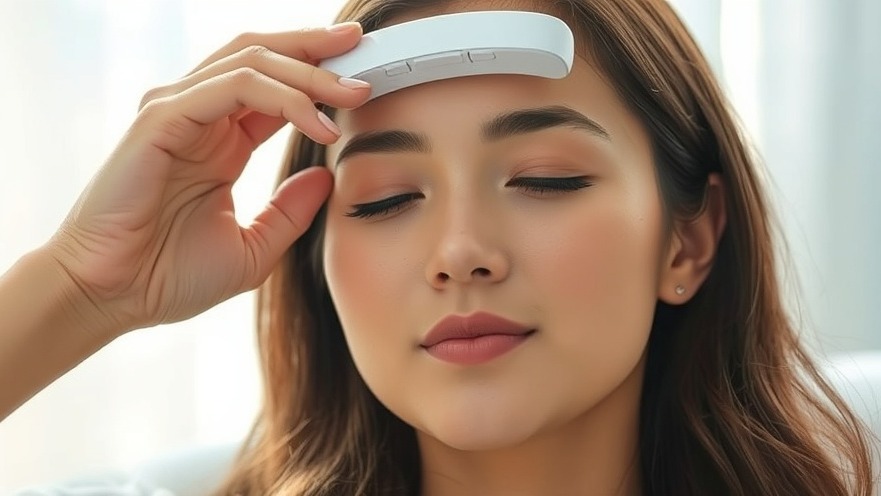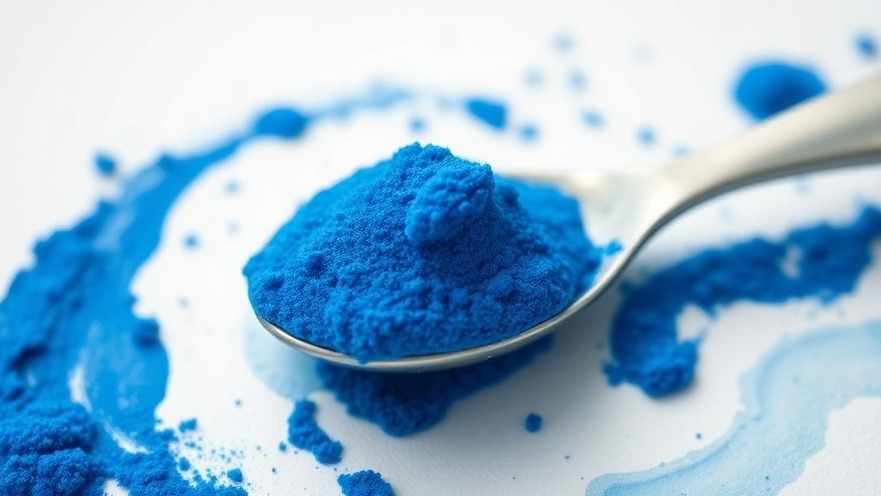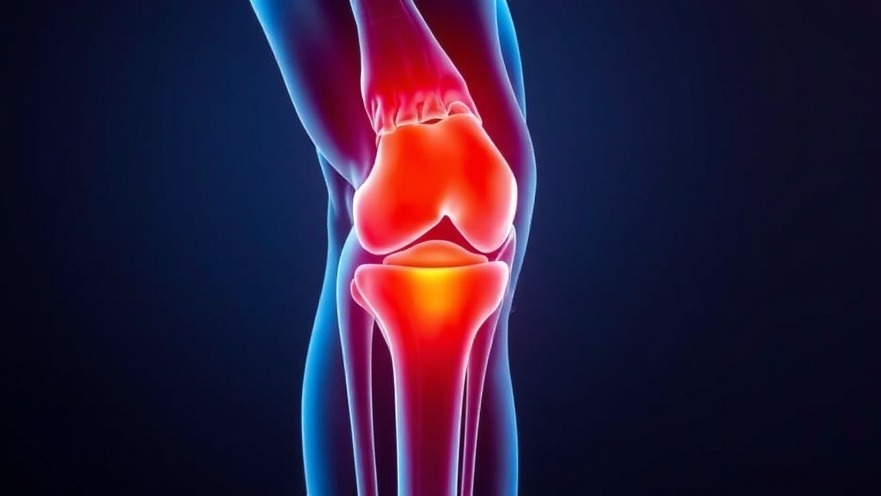
Revolutionizing Migraine Treatment: The Rise of Transnasal Cooling
Migraine sufferers know all too well the desperate search for relief. New research presented at the American Academy of Neurology Annual Meeting shines a light on an innovative solution: a transnasal cooling device. This technology promises a promising avenue toward alleviating acute migraine pain, and it's about time! Many patients face challenges with existing treatments, from side effects to ineffectiveness. What if there was a non-invasive, at-home option? This latest study offers just that.
Effectiveness and Efficacy in Clinical Trials
The key finding from the clinical trial indicated that a 10 L per minute dose of the Mi-Helper device led to substantial pain relief in 70.6% of participants at the two-hour mark, compared to just 56% in the sham group. This clearly illustrates the effectiveness of the treatment.
Conducted among 172 individuals aged 18 to 65, the study ensured rigorous methodology by being randomized and sham-controlled. Participants received treatment within one hour of migraine onset, showcasing the device's potential to deliver timely relief. Out of those, efficacy was analyzed in 74 individuals, further validating the promising results.
The Future of Neuromodulation in Headache Medicine
MaryAnn Mays, MD, a neurologist at the Cleveland Clinic, emphasizes a growing need for alternative migraine treatments. "Most patients cannot find sufficient relief, and that’s where devices like Mi-Helper come into play,” she noted during AAN’s Top Science Press Conference.
This rise in neuromodulation devices marks a pivotal transition in headache medicine, as FDA-approved options are increasingly making their mark. This particular device is designed for user-friendly at-home administration, which is a game-changer for many chronic migraine sufferers.
Incorporating Innovative Solutions into Your Practice
For concierge medical practice owners, staying ahead in patient care means including effective solutions for chronic conditions like migraines. Integrating new technologies, such as the Mi-Helper device, can enhance treatment offerings and support comprehensive patient-centric care.
Imagine presenting this breakthrough option as part of your service: your patients not only receive personalized attention, but they also gain access to innovative interventions that prioritize their well-being. This not only strengthens your relationship with patients but also positions your practice as a leader in localized, advanced treatment options.
Connecting with Patients: A Key to Business Growth
In a world rife with medical congestion, establishing a strong connection with your patients is essential. Incorporating the latest advancements, like the Mi-Helper, into your practice can foster loyalty and encourage your patients to share their positive experiences. Word-of-mouth referrals are invaluable for concierge practices aiming to grow their patient base.
Make it a priority to communicate these innovations within your marketing strategy, showcasing how they enhance your practice's offerings. Engaging patients with knowledge about new devices not only empowers them but reinforces their trust in your expertise and commitment to their health.
Next Steps for Your Practice
Consider exploring partnerships with the developers of the Mi-Helper device, offering demonstrations or trial periods to build patient interest. Share the latest findings and usage information within your community to educate and engage potential patients. As the field of headache medicine evolves, so too must your strategies—and that evolution begins now!
 Add Row
Add Row  Add
Add 






Write A Comment